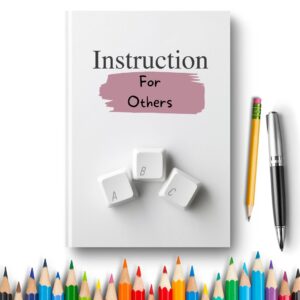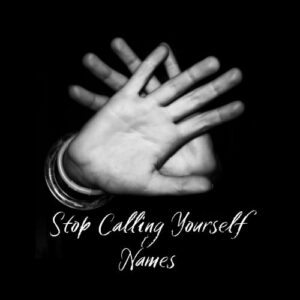You can’t act your way to emotional safety.
Safety is an emotion, which means it’s driven by our thoughts.
You don’t think your way there by trying to solve the unsolvable.
In the early days of COVID, I made every effort to learn everything available about what I could do to keep myself and my family safe. I made decisions about my self-care practice, travel plans, etc. based on what was known and unknown. That was the extent of what I could control, full stop. Everything else was out of my hands. Despite this, I kept working things over in my brain and it took up a lot of my time and mental bandwidth. As a result, I had difficulty focusing on things that required my attention. Instead, I spent time scouring news sites and scrolling social media for more information, none of which was clarifying or helpful; and most of which only amplified my fear and uncertainty. Then I tried to make myself feel safer by indulging in solving unsolvable problems created in my mind based on an imaginary future.
Brains like to look for problems to solve. Left unsupervised by our pre-frontal cortex, the human mind is a master problem seeker. If it can’t find problems in the present it will create ones in the future. This tendency can become an exhausting cognitive habit of trying to solve the unsolvable. The brain becomes convinced that solving whatever problem has captured our attention will eventually make us feel safe. But when problems are unsolvable, our safety remains distressingly out of reach.
Here are 3 ways to approach the problem-seeking habit:
1.) Recognize and acknowledge. Sometimes just recognizing the pattern when it happens can offer a way out. This is the skill of meta-cognition, which just means being able to observe our thoughts and being a witness to mental patterns.
2.) Self-Compassion. Another approach is to become aware of your intention. Remember, problem seeking is just a way of trying to create emotional safety for ourselves. This intention is an important and valuable part of our humanity and an effort to protect ourselves and those we love in the best way we know-how. Getting gentle with yourself in these situations can go a long way in dialing down your stress.
3.) Own it. Sometimes recognition and self-compassion don’t make any difference. Remember, your brain is just trying to keep you safe. When we become attached to our perception of danger and source of safety, any attempt to release the grip can be like pulling a dog from a bone; the jaws will just bite down harder. In this case, your best bet is to have your own back by making the conscious decision to focus your attention in this way. Choosing what you’re already doing reminds you of your agency to spend your energy the way you want and releases the power struggle with yourself.



